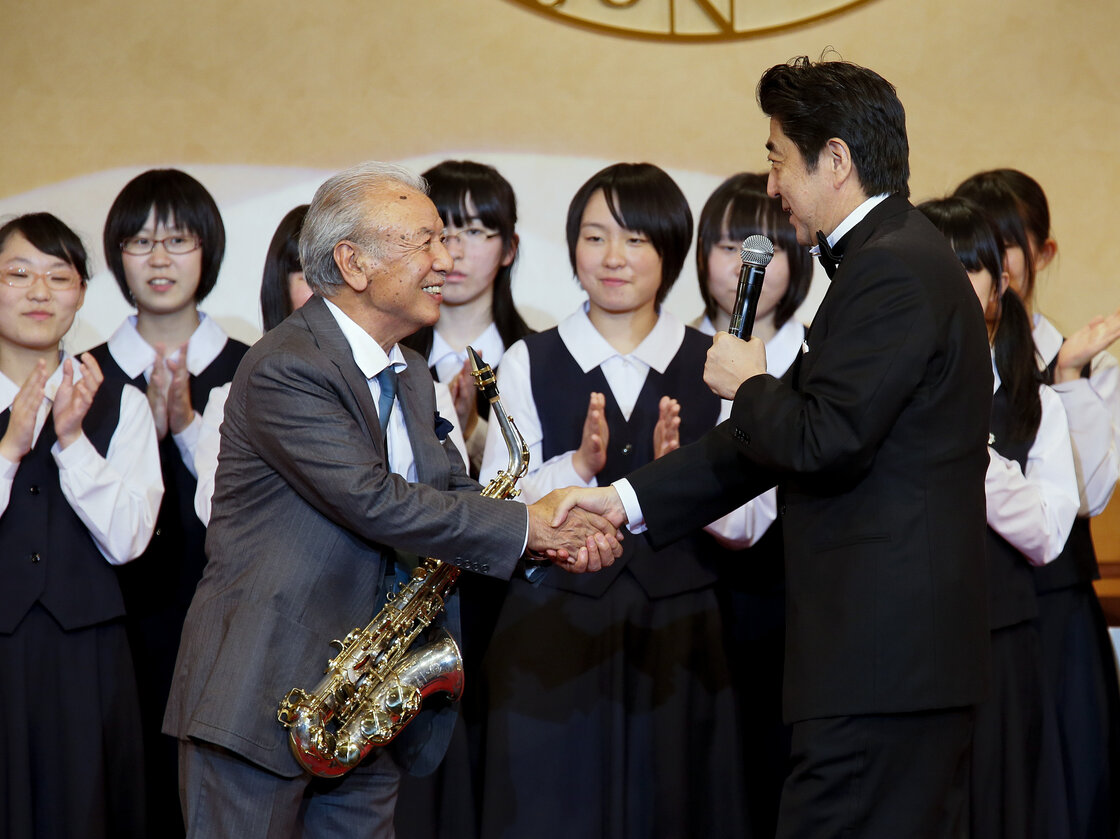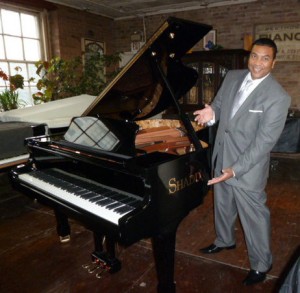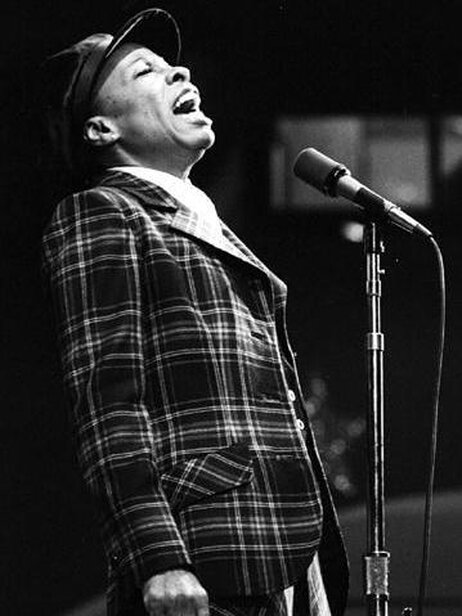
Jimmy and Deana Katz/Courtesy of the artist
Pianist and composer Jessica Williams has gained critical acclaim and multiple Grammy nominations for her writing and remarkable skill at the keyboard. Dave Brubeck called her “one of the greatest jazz pianists I have ever heard.”
On this episode of Piano Jazz from 1992, Williams solos on “Why Do I Love You” and joins host McPartland for “Straight, No Chaser” — one of two Thelonious Monk tunes during the session.
Listen:
http://www.npr.org/player/v2/mediaPlayer.html?action=1&t=1&islist=false&id=336110036&m=336110263
Originally broadcast in the spring of 1992.
Set List
- “Why Do I Love You” (Hammerstein, Kern)
- “I’m Getting Sentimental Over You” (Bassman, Washington)
- “Misterioso” (Monk)
- “Willow Creek” (McPartland)
- “Free Piece” (McPartland)
- “The Child Within” (Williams)
- “I’m Old Fashioned” (Kern, Mercer)
- “Straight, No Chaser” (Monk)














